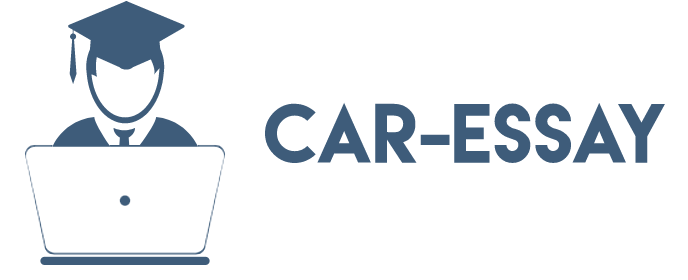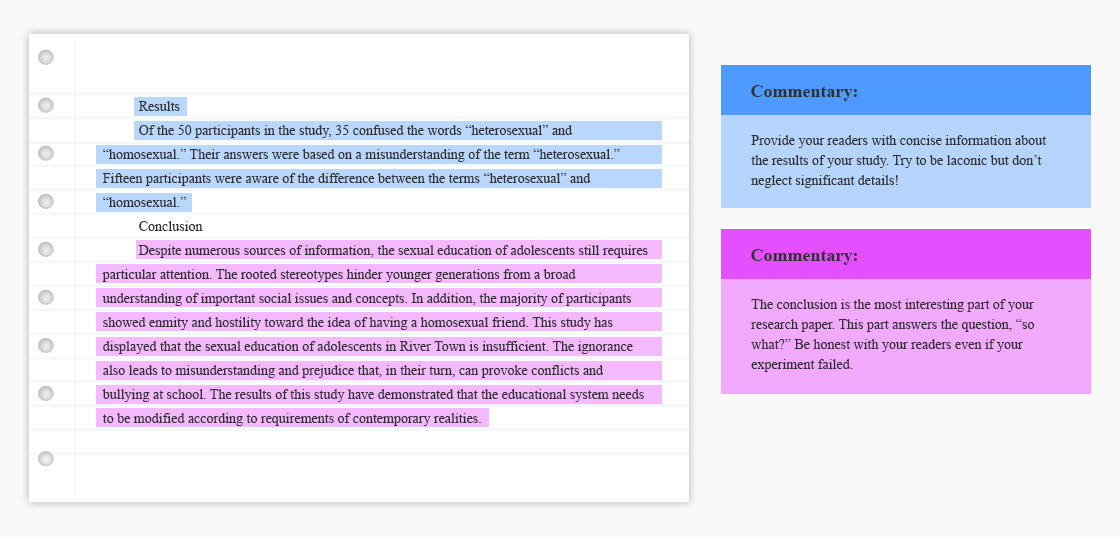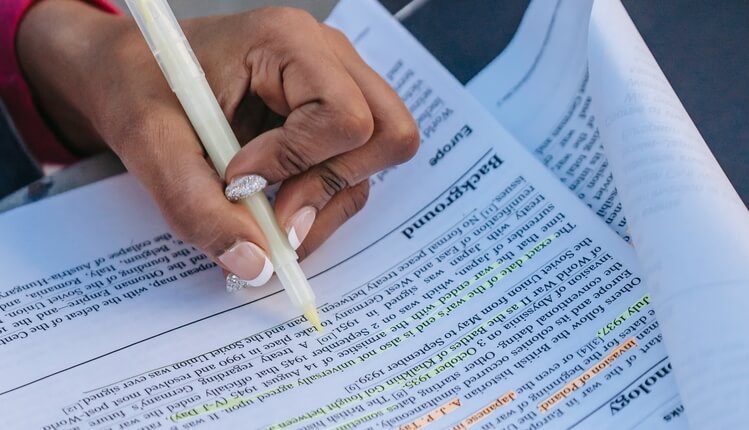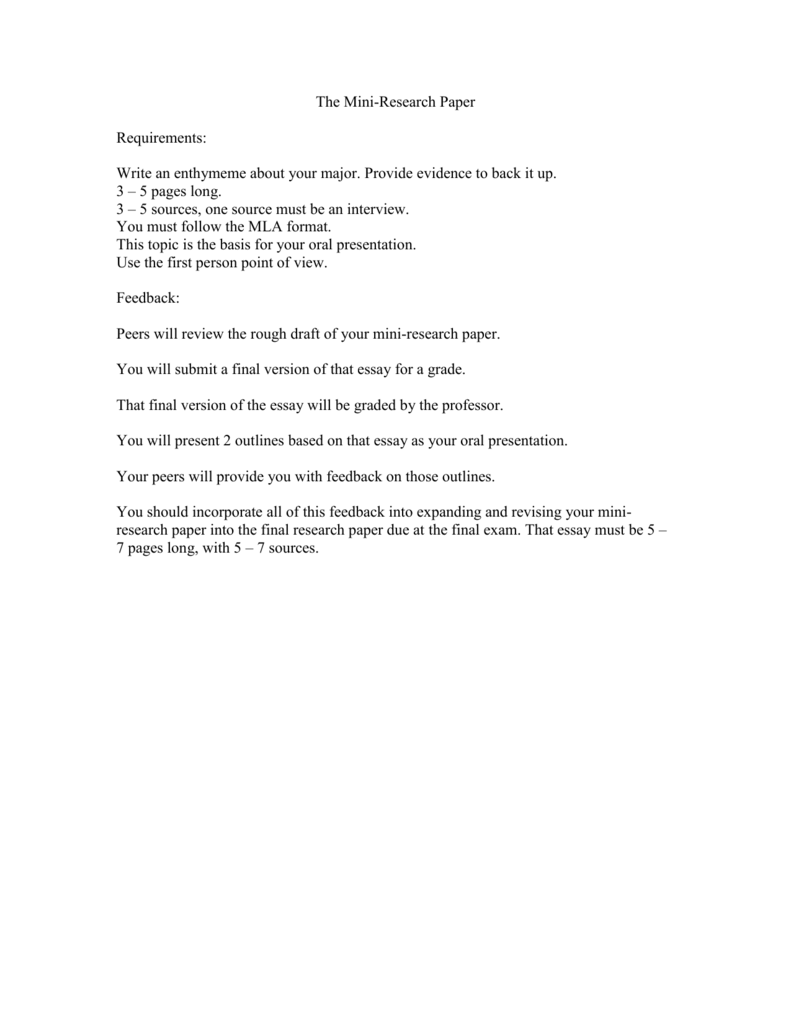If you have ever wondered how to write an interview in a paper, then you have come to the right place. Here, we’ll cover how to organize the information you’ve gathered from your interviewee. Use quotes and information from the interview to support your main points. Also, learn how to write your paper in a question and answer format. By following these guidelines, you’ll be well on your way to writing an impressive paper!
Organize the information you have gathered from your interviewee
There are many ways to organize the information you have gathered from your interview. You may decide to use a narrative format to provide context and analysis. Or, you may prefer a personal format where you address your reader directly. Whatever format you choose, make sure to use citations to support your work. To do this, follow these tips. Once you have finished completing your interview, you can start organizing the information you have gathered from your interviewee in a paper.
Use quotes and information from interviews to support your main points
There are many ways to incorporate quotes and information from interviews into your writing. Incorporate the quotes and information by paraphrasing or summarizing the key points, or by including a poignant quotation. When incorporating interview data, consider which quotes or information most support your main points. Then, use these quotations to make your points more vivid and impactful. To incorporate quotes, make sure to use a clear tone.
While writing an interview paper, you should also keep in mind that interview transcripts often contain long, meandering quotes. Even if they’re only a few words long, a 200-word quote might illustrate a ten-word point. Long quotes are often needed to support your main points, so include them whenever appropriate. If you need to tighten them, consider whether you can retain their gist.
Create a thesis statement
In order to write a thesis statement for an essay, you need to start your essay with an introductory paragraph. This paragraph should give readers a soft definition of the topic, context, and your thesis statement. Your body part of the paper should cover details of the interview and relate back to your thesis statement. In a paper based on an interview, your thesis statement should be short and clear.
A thesis statement should be one or two sentences long. It should be placed at the top of your resume under the heading of your objective or professional objective. It should briefly summarize your career goals, what you are looking for in a job, and what you can offer to the potential employer. For example, “I have a background in literature” is not the same as “I have a background in art history,” which is a valid thesis statement.
Format your paper in a question-and-answer format
Once you’ve compiled your notes and collected the most important information from your interview, you can now format your paper in a question-and-answer style. This style of writing consists of an introduction and body paragraphs. You can either write your questions in a question-and-answer format or a narrative format. The main difference between the two is that the former is a story format, while the latter is a dialogue. The former format provides more space for analysis and context, while the latter style favors an informal tone.
Regardless of the format your interview paper is in, the introduction and conclusion paragraphs are equally essential. The introduction paragraph should introduce the main points of the interview, as well as the importance of the interviewee’s background. Finally, the conclusion paragraph should tie the entire piece together. After all, you are trying to impress the interviewer with your writing, and a conclusion paragraph can help tie everything together.



